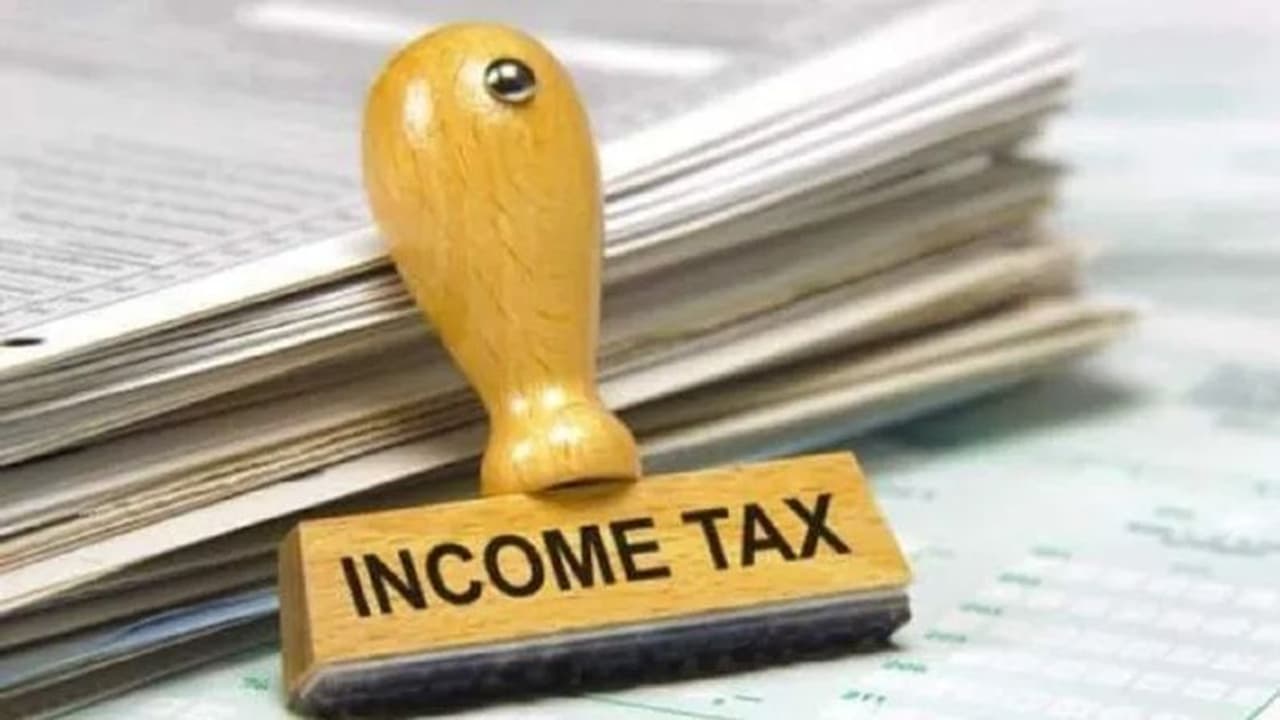Starting from April 1, the new tax regime will come into effect, bringing many changes and additions. Taxpayers can now avail of a basic exemption of Rs. 3 lakh, which was previously Rs. 2.5 lakh.
The new financial year starts on April 1 in India, and the Ministry of Finance has issued new income tax rules and guidelines. There have been some changes and new additions to the Union budget proposals which can affect many individuals and their finances this year. The changes were announced by the Finance Minister of India, Nirmala Sitharaman, in her budget speech in February.
In this article, we will discuss the significant changes, as well as basic exemption limits and other major rules.
Default adoption of new tax regime
According to the Ministry, the new tax regime will be adopted from April 1 onwards. This change strives to ease the tax filing procedure and motivate new taxpayers to file their taxes. The old tax regime remains applicable for those who prefer to use it.
The tax slabs
Here are the new tax slabs, according to the new regime:
- Individuals with income ranging from Rs. 3 lakh to Rs. 6 lakh will have to pay a 5% tax
- For taxpayers with income between Rs. 6 lakh and Rs. 9 lakh, the tax will be 10%
- For incomes ranging from Rs. 9 lakh to Rs.12 lakh, the tax will be 15%.
- Individuals earning between Rs.12 lakh and Rs.15 lakh will be subject to 20% tax
- Taxpayers with an income of Rs. 15 lakh and above have to pay 30% tax
Basic exemption limit and rebate
The basic exemption limit has been increased to Rs. 3 lakh from Rs. 2.5 lakh. In simple terms, if your gross income is below Rs. 3 lakh, you are not obliged to file returns.
The rebate limit has also been changed. According to the new regime, the rebate limit has been increased to Rs. 25, 000 for taxable income less than or equal to Rs. 7 lakh.
Standard deduction
The standard deduction of Rs. 50,000 has been included in the new tax system. This means that individuals under the new tax regime can benefit from it by reducing their income tax amount.
Reduced surcharge rate
The surcharge, previously 37% on income exceeding Rs. 5 crore, has now been reduced to 25%.
Tax on life insurance
Life insurance policies with more than Rs. 5 lakh in premiums are subject to taxation under the new tax regime.
Leave encashment tax
The leave encashment tax for non-government employees has been increased to Rs. 25 lakh from Rs. 3 lakh in 2022, under the new tax regime.
Also Read: Decline in India's Fertility Rates: How Does It Affect the Nation's Future?
